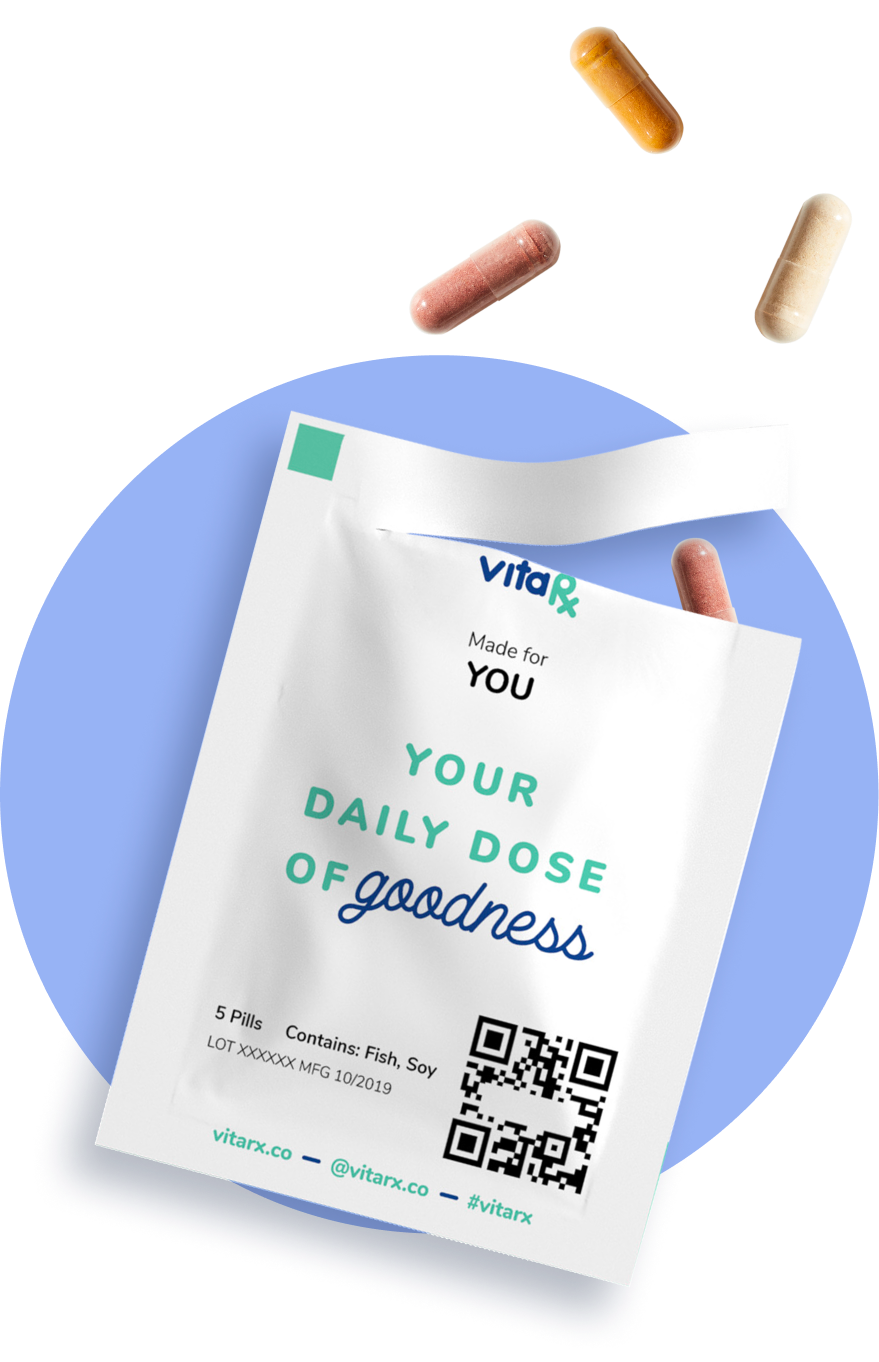Last update: April 2, 2025
5 minute read
Branched-Chain Amino Acids Explained (and Top Food Sources)
Discover the powerful benefits of branched-chain amino acids for boosting muscle growth, speeding recovery, and enhancing overall health. Learn top tips to optimize your fitness and nutrition.

By Yerain Abreu, M.S.
Edited by Dr. Dimitar Marinov, MD, RDN, PhD

Are you wondering, "What are BCAAs" and "What is BCAA" exactly? Branched chain amino acids—also known as branch chain amino acids, branched-chain amino acids, or simply branched amino acids—are essential nutrients that play a crucial role in muscle growth, recovery, and overall health.
In this guide, we break down what are branched chain amino acids and explore how adding BCAA branched chain amino acids to your diet can boost your workout performance and support a lean, active lifestyle.
Key takeaways
- BCAAs are essential amino acids, including leucine, isoleucine, and valine
- They play a crucial role in supporting muscle growth, recovery, and exercise performance
- Food sources rich in BCAAs include meat, dairy, legumes, and nuts
What are BCAAs?
What are BCAAs? BCAAs are short for "Branched-Chain Amino Acids."
They're a group of three essential amino acids: leucine, isoleucine, and valine. These amino acids are essential because your body can't produce them, and you need to get them through your diet or BCAA supplements.
BCAAs are popular among athletes and fitness enthusiasts because they're believed to support muscle protein production, which may lead to support for muscle growth and post-exercise recovery. They may also help reduce fatigue during exercise and improve endurance.

How do BCAAs boost my workout game and overall health?
You might be wondering how these amino acids can support your fitness and health journey. Let's break down the benefits of BCAAs and see how they can help you reach your goals, one rep at a time!
Firstly, BCAAs are essential in promoting muscle growth and recovery. They trigger protein production, which is the process your body uses to repair and build muscle tissue after a tough workout. Say goodbye to those achy muscles and hello to faster bounce-back times!
Secondly, BCAAs may reduce muscle fatigue and soreness. How? They may help lower the production of serotonin, a neurotransmitter that can influence the sensation of fatigue.
Lastly, BCAAs may even support weight loss and fat burning. Research suggests that a higher BCAA intake may be associated with a leaner body composition.
Emerging insights and therapeutic advances in branched-chain amino acids
Recent research has begun to shift the narrative on branched-chain amino acids beyond their well-known roles in muscle recovery and exercise performance.
For instance, a study published in November 2023 in Communications Medicine revealed that the three BCAAs—leucine, isoleucine, and valine—can have distinct and sometimes opposing effects on health outcomes.
This research suggests that rather than having a uniform impact, each branched chain amino acid may influence metabolic health, insulin resistance, and even cardiovascular risk in different ways, urging a more personalized approach in dietary and therapeutic applications.
Are there any side effects I should watch out for?
Alright, so we've established that BCAAs support your muscles and fitness goals, but even they have their weaknesses. So, let's take a moment to discuss the potential side effects of BCAAs
For most people, BCAAs are safe when consumed in moderation and through a balanced diet. However, when taken in excessive amounts or through supplements, there might be some unwanted side effects.
VitaRx Tip
Keep in mind that everyone's body is different, and what might affect one person may not affect another.
Here are a few possible side effects to watch out for when taking BCAA supplements:
- Nausea
- Headaches
Furthermore, taking BCAAs in isolation (as a supplement) and not in combination with the other essential amino acids likely increases the risk of side effects and diminishes their benefits. Now, don't panic! Remember, these side effects aren't very common and typically occur when BCAA supplements are taken in excessive amounts compared to the other amino acids in the diet.
VitaRx Tip
If you're more of a plant-based eater, no worries! You can still get your BCAA fix from soy products, beans, lentils, other legumes, and some whole grains.
Where can I find BCAAs in my diet?
Now that we've got a handle on what BCAAs are, let's talk about where to find them. You may be surprised to know that these power-packed amino acids are hiding in plain sight, in many of the foods you already enjoy.
That's right, BCAAs are basically playing hide-and-seek in your kitchen! Protein-rich foods like chicken, beef, fish, eggs, and dairy products are all fantastic sources of BCAAs.

BCAA content in common foods
Curious about the BCAA content in some everyday foods? This table shows the BCAA content in many protein-packed foods. It's like a nutritional cheat sheet to help you choose the best sources for those powerful branched-chain amino acids!
Food | BCAAs per 100g (grams) |
|---|---|
Chicken breast | 5.88 |
Lean beef | 6.21 |
Tofu | 3.47 |
Canned tuna | 5.47 |
Greek yogurt | 2.37 |
Almonds | 2.91 |
Kidney beans | 1.39 |
Caption: BCAA content in common protein-rich foods (Source: USDA FoodData Central)
Frequently asked questions (FAQ)
Here are some of the most frequently asked questions about branched-chain amino acids.
Final thoughts
In conclusion, whether you're asking "what are BCAA" or seeking to understand the benefits of each branched chain amino acid, the evidence is clear: these nutrients are vital for enhancing muscle repair, reducing fatigue, and improving overall performance.
By integrating branched-chain amino acids from high-quality foods or supplements, you can optimize your recovery and fuel your fitness journey. Embrace the power of branched amino acids and let these amino acids help you achieve a stronger, healthier you!
Source
Editor

Yerain Abreu
Yerain Abreu is a content strategist with over seven years of experience. He earned a Master's degree in digital marketing from Zicklin School of Business. He focuses on medical and health-related content, working with top healthcare professionals to ensure content is engaging and reliable.
Fact checker

Dr. Dimitar Marinov
Dr. Marinov has years of experience in scientific research and preventive and clinical medicine. His publications in peer-reviewed journals are on nutritional status, physical activity, and musculoskeletal disorders among adolescents.
At VitaRx, we're not just passionate about our work — we take immense pride in it. Our dedicated team of writers diligently follows strict editorial standards, ensuring that every piece of content we publish is accurate, current, and highly valuable. We don't just strive for quality; we aim for excellence.
Related posts
While you're at it, here are some other relevant articles you might be interested in.

Get your personalized vitamin recommendations in less than
5 minutes.
Get your personalized vitamin recommendations in less than
5 minutes.







